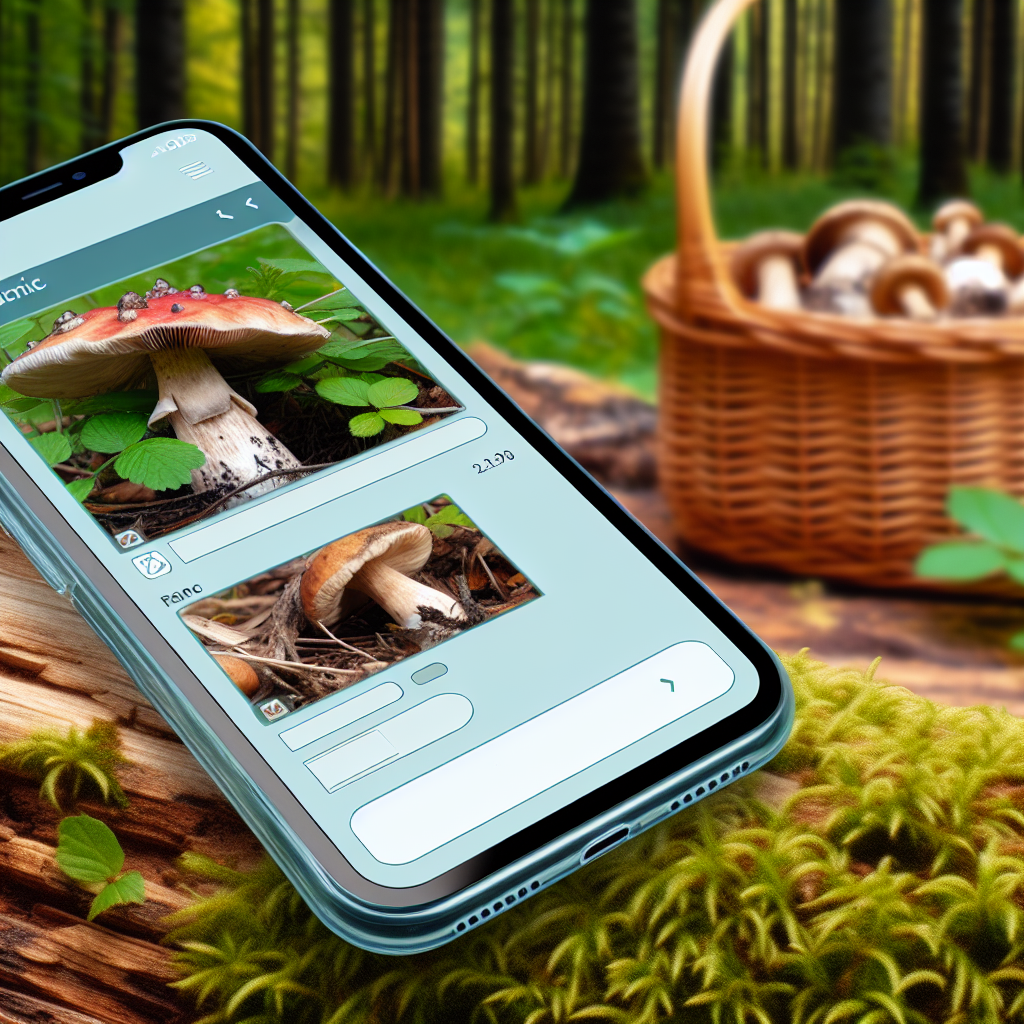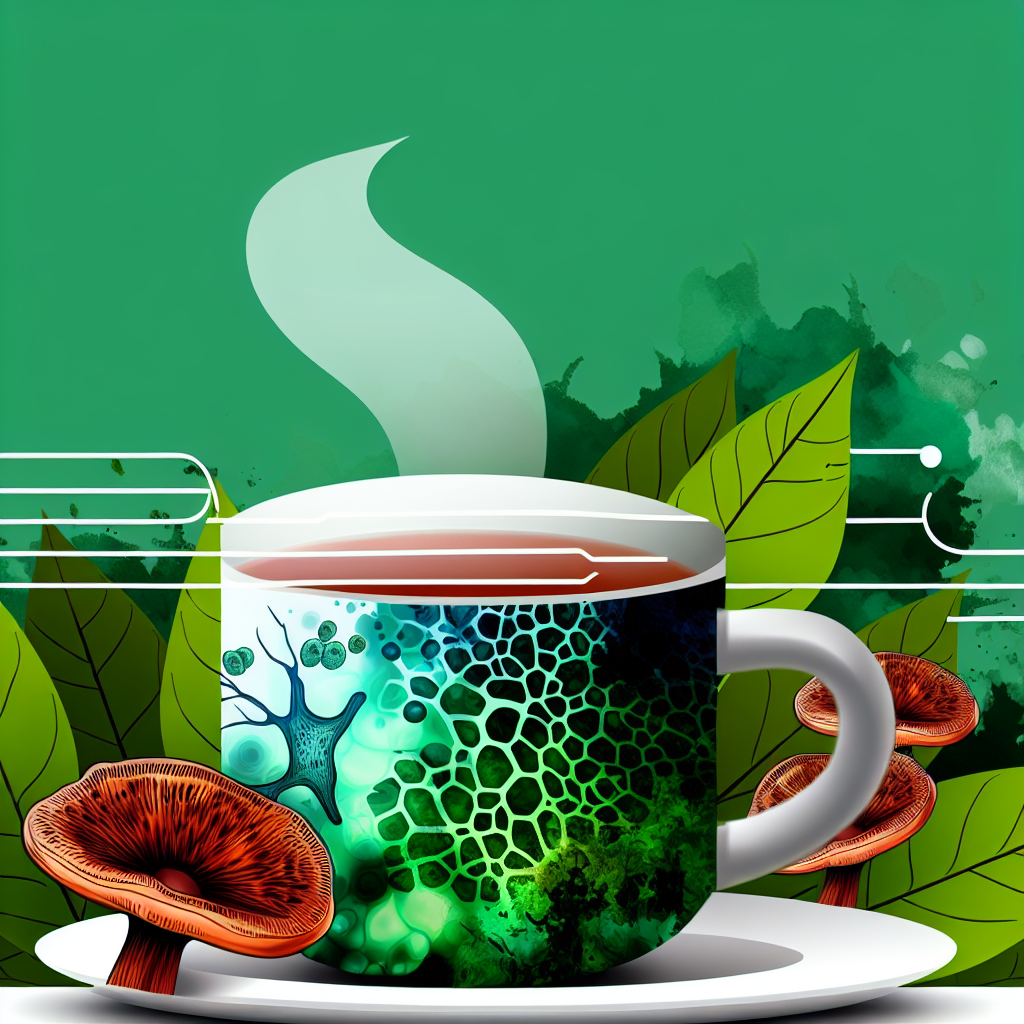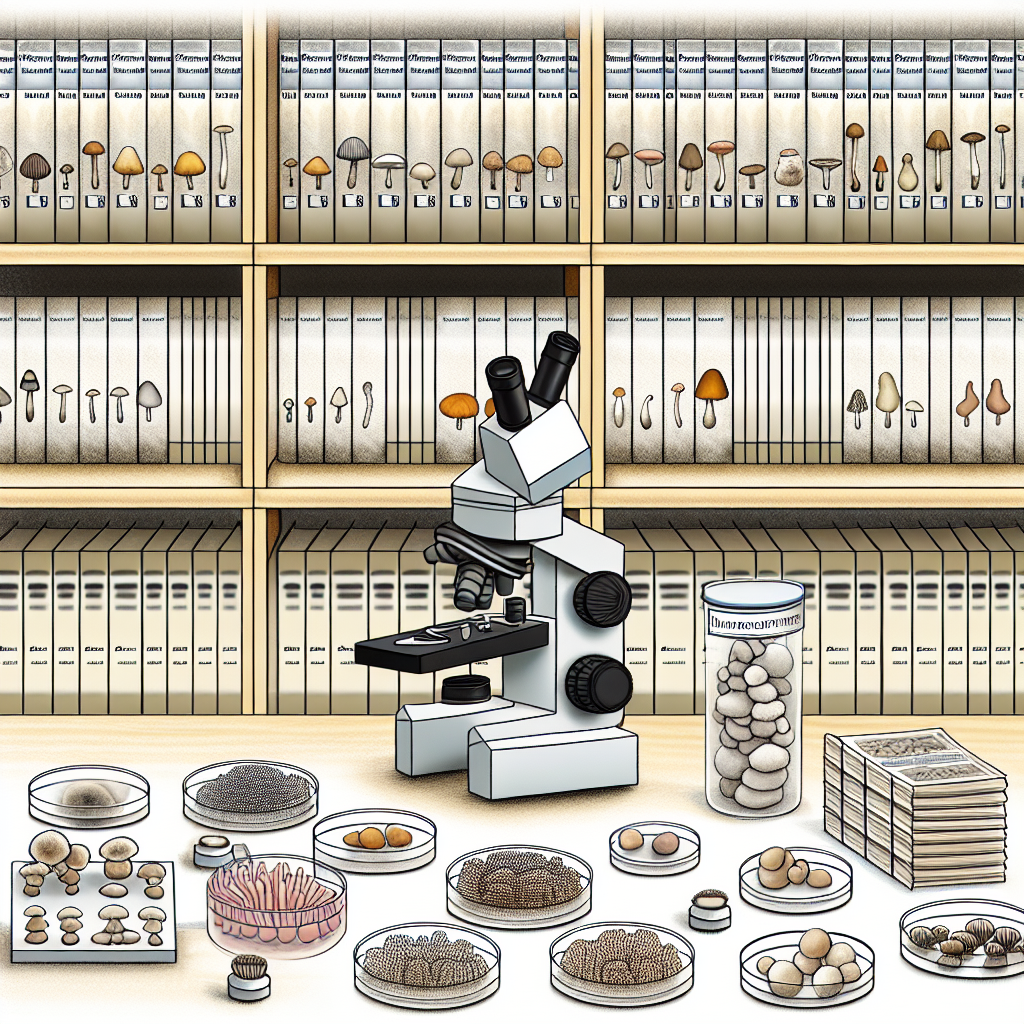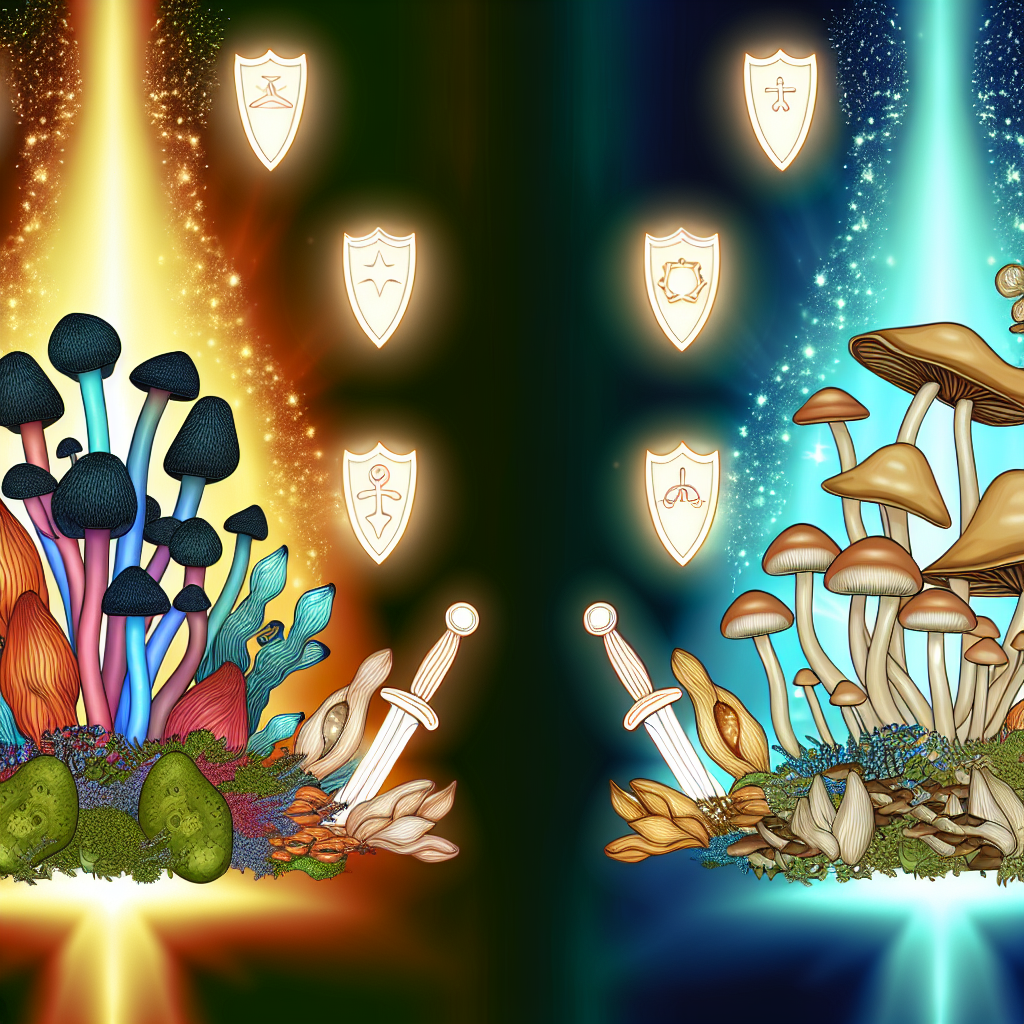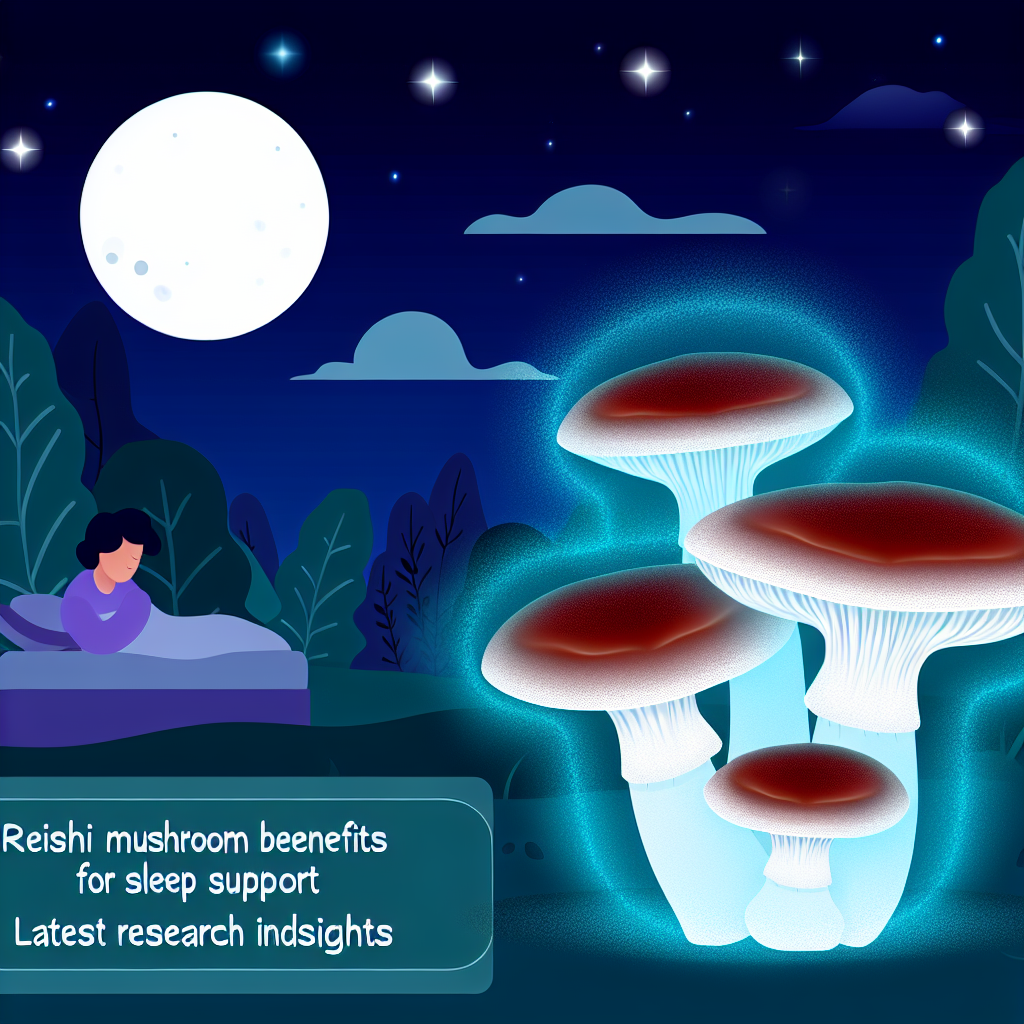# Beginner’s Guide to Mushroom Identification Apps for Safe Foraging
Unlocking Nature’s Pharmacy: Why Mushroom Foraging Is on the Rise
In recent years, the medicinal and therapeutic use of mushrooms has experienced a renaissance. From functional fungi like lion’s mane and reishi to the growing acceptance of psilocybin as a potential treatment for depression and anxiety, mushrooms have taken center stage in the world of natural medicine.
As interest grows, so does the curiosity about foraging wild mushrooms directly from nature. However, foraging is not as simple as picking mushrooms from the forest floor—it demands precision, knowledge, and safety.
The Hidden Risks: Why Proper Identification Is Critical
Mushroom foraging can be incredibly rewarding, offering access to free, organic, and potent fungi. However, the dangers of misidentification are very real. Many edible species have toxic look-alikes that can cause severe illness or even be fatal.
This is where technology steps in—a new wave of mushroom identification apps has emerged, providing amateur mycologists and casual nature lovers with the tools they need to safely engage with fungi in the wild.
These apps use artificial intelligence, machine learning, and crowdsourced data to help users correctly identify mushrooms in real-time. They often include rich databases, high-resolution images, habitat tips, and crucial warnings about poisonous species.
Tech Meets Nature: How Mushroom Identification Apps Work
For beginners, mushroom ID apps are an essential entry point into the world of mycology. They provide not only safety but also foster a deeper connection to nature through learning. With the right app, a walk in the woods transforms into a hands-on educational session that’s both empowering and potentially life-saving.
Whether you’re foraging for culinary delight, medicinal value, or therapeutic purposes like microdosing psilocybin, reliable identification is absolutely essential. This guide will walk you through must-have features of mushroom identification apps, highlight top-rated options, and explore scientific research validating their effectiveness.
AI & Accuracy: What Science Says About These Apps
The rise of mobile identification technology directly correlates with advances in machine learning and citizen science. Several apps such as iNaturalist, PictureMushroom, and ShroomID use sophisticated image recognition algorithms to analyze visual characteristics based on user-submitted photos.
A 2020 study published in the journal Fungal Ecology found that many AI-powered ID tools achieved 70% or higher accuracy when identifying common mushroom species—nearly rivaling traditional field guides. Apps with community verification features also showed improved precision due to user feedback and peer-reviewed corrections.
Read the study
Crowdsourcing Meets Ecology: Community-Powered Research
Many apps integrate real-time data collection and geographic tagging. Take iNaturalist, for instance—a collaboration between the California Academy of Sciences and National Geographic. It lets users log sightings that directly contribute to global biodiversity projects and fungal distribution studies, which help researchers track ecological patterns and climate shifts.
Explore iNaturalist
From Forest to Pharmacy: The Role of ID Apps in Research & Therapy
Accurate species identification isn’t just important for recreational foraging—it plays a crucial role in ethnobotanical and clinical research. For therapeutic fungi such as psilocybin species, distinguishing them from toxic counterparts like Galerina is critical.
A 2021 review in Frontiers in Psychiatry underscored the importance of using verified identification apps in clinical settings. Trials that examine psychedelic mushrooms for treating mental health disorders rely heavily on accurate identification for safety and standardization.
View the research
Pro Tips: How to Use Mushroom ID Apps Responsibly
While apps are powerful tools, they’re not a substitute for professional expertise. Here are a few smart practices for beginners:
– Use identification apps alongside traditional field guides.
– Cross-check results with multiple sources before consuming anything.
– Join a local mycological society or foraging group for hands-on guidance.
– Avoid foraging alone—learning in groups increases safety and enjoyment.
Combining technology with education significantly reduces risks and enhances the mushroom foraging experience.
Final Thoughts: Safe Foraging Starts with Smart Tools
Foraging for mushrooms can be a transformative experience, bridging the worlds of natural medicine, mental well-being, and sustainable living. But safety must always come first.
Mushroom identification apps empower beginners to explore the wild with confidence, connecting them with centuries of mycological wisdom through cutting-edge digital tools. As technology and science converge, the ancient art of mushroom hunting is becoming more accessible—and safer— than ever.
So grab your hiking boots, download a trusted app, and let nature become your classroom. Happy (and safe) foraging!
Concise Summary:
Mushroom foraging is on the rise, but identifying edible species safely is critical. Mushroom identification apps powered by AI and machine learning can help beginners explore the wild with confidence, while also contributing to scientific research. This guide covers the key features of these apps, the science behind their accuracy, and responsible tips for using them to unlock the benefits of medicinal and therapeutic fungi.
References:
– Fungal Ecology. (2020). “Performance of image-based mushroom identification apps.” Retrieved from https://www.sciencedirect.com/science/article/pii/S1754504819305324
– iNaturalist. California Academy of Sciences and National Geographic. Retrieved from https://www.inaturalist.org/
– Frontiers in Psychiatry. (2021). “Psilocybin-assisted treatment of mental health disorders: A clinical review.” Retrieved from https://www.frontiersin.org/articles/10.3389/fpsyt.2021.624627/full

Dominic E. is a passionate filmmaker navigating the exciting intersection of art and science. By day, he delves into the complexities of the human body as a full-time medical writer, meticulously translating intricate medical concepts into accessible and engaging narratives. By night, he explores the boundless realm of cinematic storytelling, crafting narratives that evoke emotion and challenge perspectives. Film Student and Full-time Medical Writer for ContentVendor.com
